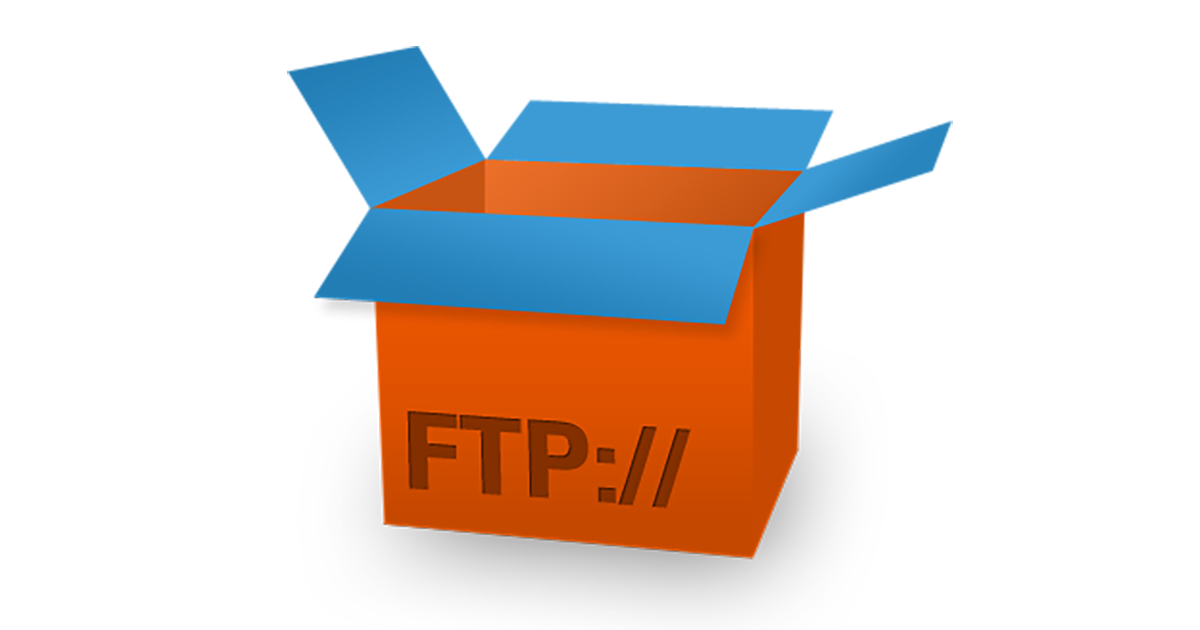
We have already introduced you to the FTPbox solution. Now we will show you how to set up your own (S)FTP server and then use it to synchronise with FTPbox (as of 24 February 2023).
For this tutorial, we assume that you already have an established SSH connection. This will be the case for almost any web server you can access from a terminal. For our Raspberry Pi (see tutorial) , this is already the case. If you want to access your files from anywhere, you should use dynamic DNS to set up a globally valid host, as described in the Raspberry Pi tutorial.
Note: SFTP is different from regular FTP. Instead of using the FTP protocol, it runs over an encrypted shell connection. As FTPbox also works with SFTP, and it will probably be easier for you to set up, we will use this standard in this tutorial.